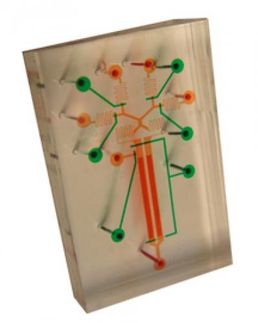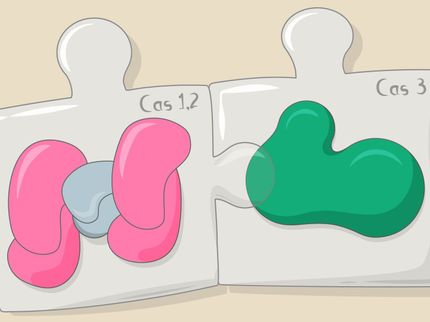Clean energy 'bio batteries' a step closer
Researchers from the University of East Anglia (UEA) are a step closer to enhancing the generation of clean energy from bacteria. A report published shows how electrons hop across otherwise electrically insulating areas of bacterial proteins, and that the rate of electrical transfer is dependent on the orientation and proximity of electrically conductive 'stepping stones'.
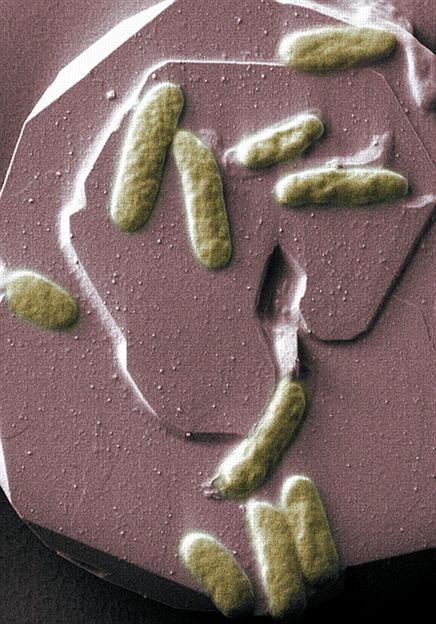
University of East Anglia researchers are a step closer to enhancing the generation of clean energy from bacteria. Research shows how electrons hop across otherwise electrically insulating areas of bacterial proteins, and that the rate of electrical transfer is dependent on the orientation and proximity of electrically conductive 'stepping stones.' This natural process could be used to improve 'bio batteries' for portable technology such as mobile phones and laptops powered by human or animal waste.
Alice Dohnalkova
It is hoped that this natural process can be used to improve 'bio batteries' which could produce energy for portable technology such as mobile phones, tablets and laptops - powered by human or animal waste.
Many micro-organisms can, unlike humans, survive without oxygen. Some bacteria survive by 'breathing rocks' - especially minerals of iron. They derive their energy from the combustion of fuel molecules that have been taken into the cell's interior. A side product of this reaction is a flow of electricity that can be directed across the bacterial outer membrane and delivered to rocks in the natural environment - or to graphite electrodes in fuel cells. This means that the bacteria can release electrical charge from inside the cell into the mineral, much like the neutral wire in a household plug.
The research team looked at proteins called 'multi-haem cytochromes' contained in 'rock breathing' bacteria such as species of Shewanella.
Lead researcher Prof Julea Butt, from UEA's School of Chemistry and School of Biological Sciences said: "These bacteria can generate electricity in the right environment.
"We wanted to know more about how the bacterial cells transfer electrical charge - and particularly how they move electrons from the inside to the outside of a cell over distances of up to tens of nanometres.
"Proteins conduct electricity by positioning metal centres - known as haems - to act in a similar way to stepping stones by allowing electrons to hop through an otherwise electrically insulating structure. This research shows that these centres should be considered as discs that the electrons hop across.
"The relative orientation of neighbouring centres, in addition to their proximity, affects the rates that electrons move through the proteins.
"This is an exciting advance in our understanding of how some bacterial species move electrons from the inside to the outside of a cell and helps us understand their behaviour as robust electron transfer modules.
"We hope that understanding how this natural process works will inspire the design of bespoke proteins which will underpin microbial fuel cells for sustainable energy production."
Original publication
"Multi-haem cytochromes in Shewanella oneidensis MR-1: structures, functions and opportunities."; Journal of the Royal Society Interface, 2014.
Other news from the department science

Get the life science industry in your inbox
By submitting this form you agree that LUMITOS AG will send you the newsletter(s) selected above by email. Your data will not be passed on to third parties. Your data will be stored and processed in accordance with our data protection regulations. LUMITOS may contact you by email for the purpose of advertising or market and opinion surveys. You can revoke your consent at any time without giving reasons to LUMITOS AG, Ernst-Augustin-Str. 2, 12489 Berlin, Germany or by e-mail at revoke@lumitos.com with effect for the future. In addition, each email contains a link to unsubscribe from the corresponding newsletter.
More news from our other portals
Last viewed contents
List_of_medical_schools_in_the_United_States
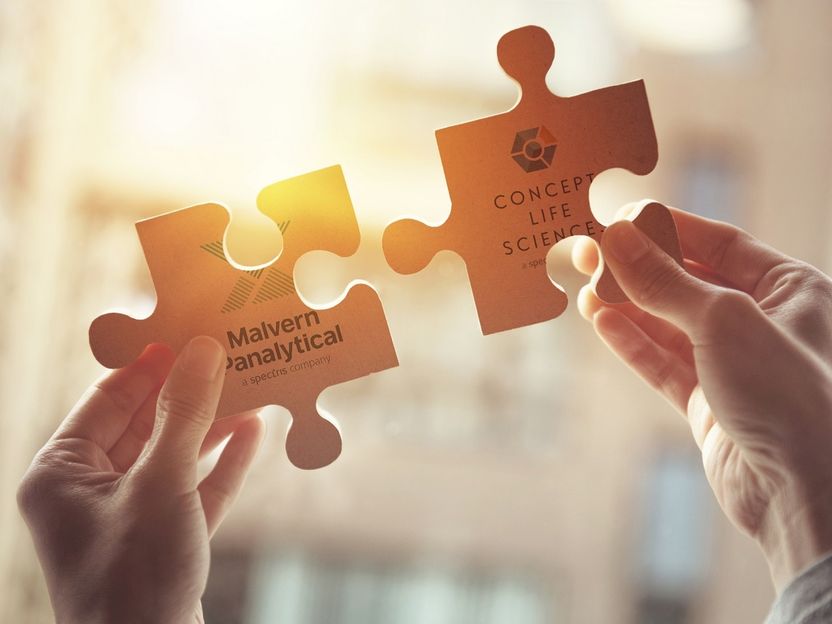
Malvern Panalytical and Concept Life Sciences announce integration
Georg-August-University Göttingen, Universitätsmedizin and MRC Technology collaborate to develop new therapy for neurodegenerative diseases
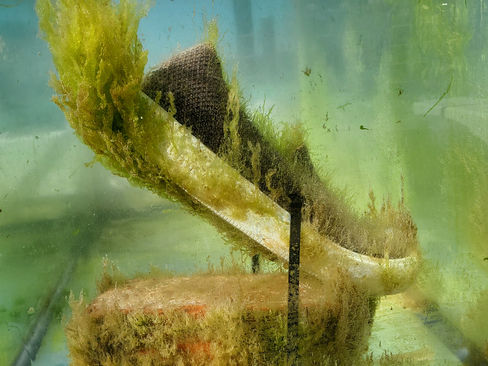
A sea change for plastic pollution: new material biodegrades in ocean water - Marine microorganisms found to feast on new polyurethane materials used in a startup's sustainable shoes
How old antibiotic compounds could become tomorrow's life-saving drugs

